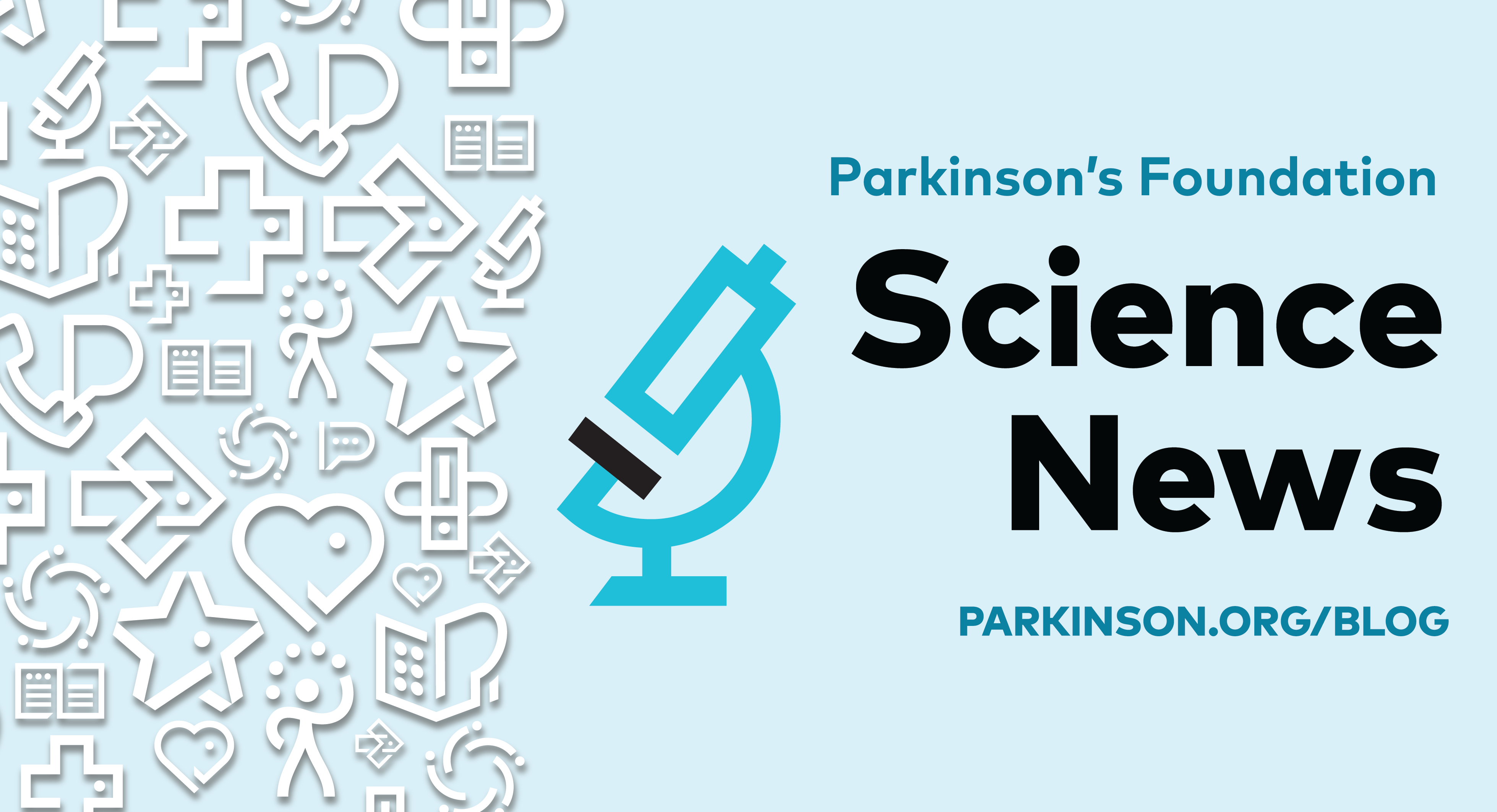Artificial Intelligence Study Detects Parkinson’s from Breathing Patterns

Parkinson’s disease (PD) is the fastest growing neurological disease in the world. Currently, there is no single test or biomarker that can diagnose PD or monitor disease progression. However, a new study utilizing artificial intelligence may change the way we track Parkinson’s.
A lot like a warning system, a biomarker (short for biological marker) is used to help measure what is going on in the body. For example, the A1C blood test can help detect prediabetes. Early detection, treatment and expert care is vital to maintaining quality of life.
The challenge, so far, has been the lack of biomarkers for early PD diagnosis. Usually, PD is only diagnosed years after early signs appear— when movement symptoms (such as tremor, rigidity, and difficulty walking) are present. However, a new study may have found an early biomarker for PD.
In a groundbreaking study published in the journal Nature Medicine, “Artificial intelligence-enabled detection and assessment of Parkinson's disease using nocturnal breathing signals” (Yang et al., 2022), the authors developed an artificial intelligence (AI)-enabled system that could reliably:
- Wirelessly identify people who have PD from their breathing patterns during sleep
- Accurately assess people’s PD disease severity
- Track PD progression over time

Study authors point out that the relationship between Parkinson’s disease and breathing is documented in various studies. Further, the authors note that this breathing link has been reinforced by more recent PD studies that go a step further, reporting that degeneration in the brainstem helps control breathing, issues of respiratory muscle weakness, and sleep breathing disorders. According to the study, “Since breathing and sleep are impacted early in the development of PD, we anticipate that our AI model can potentially recognize individuals with PD before their actual diagnosis” (Yang et al., 2022, p. 2207).
Artificial intelligence is a highly sophisticated technological tool that mimics human-like thinking to analyze enormous amounts of data, find patterns, make predictions and recommendations. Researchers designed an AI-based system for detecting PD, predicting its severity, and tracking disease progression over time using nocturnal breathing. The system can take the breathing input signals in two different ways:
- Using a breathing belt placed in the person’s chest or abdomen, or
- Using a Wi-Fi-like router that sends a low radio signal placed somewhere in the room. The signals transmitted are reflected off the person’s body and further analyzed.
Regardless of the signal source (belt or radio waves), once collected, the AI-based model processes the signals using a neural network. This network uses a series of instructions, called algorithms, that tells a computer how to transform the enormous amounts of data into useful information. Importantly, the person’s breathing patterns are automatically fed to the neural network to assess their PD status and its severity. No state-of-the-art equipment is required, and no special training is needed for the person with PD or caregiver.
To test their AI technology, researchers used a large and diverse dataset that included data from 11,964 nights of sleep with more than 120,000 hours of nighttime breathing among 757 people with PD and 6,914 control subjects (people without Parkinson’s). They sought to determine whether the AI diagnostic findings (from both belt and radio wave users) could compare to standard PD tests, such as the Movement Disorder Society Unified Parkinson's Disease Rating Scale (MDS-UPDRS). PD diagnosis was evaluated using: 1) diagnosis made by a clinician using the MDS-UPDRS PD rating scale, 2) the AI model developed by the authors.
Results
The AI system can:
- Predict the presence or development of PD with 90% accuracy
- Track PD progression and estimate PD severity as well as the MDS-UPDRS (PD rating scale used by doctors)
- Provide an objective, non-invasive, at-home assessment of PD while a person is asleep, without touching the body
- Combine measurements from multiple nights to achieve optimal test accuracy
- Provide nightly and weekly measurements in a person’s home, that tests such as the MDS-UPDRS would not be able to capture
- Eventually be deployed in the homes of individuals at high risk for PD (e.g., those with the LRKK2 gene mutation) to passively monitor their status and provide feedback to their provider
What does this mean?
With impressive accuracy, this AI system was able to successfully detect, assess and track disease severity of PD in a home setting by extracting breathing from either a wearable belt or from radio waves that bounce off a person's body while they sleep.
This AI model also provided initial evidence that a touchless, non-invasive system may be a useful biomarker for early detection or risk of PD. Further, according to the study authors, this method is low-cost, and would bring accessibility to PD care to people who live in rural areas not near medical centers that specialize in PD care. The system could be mailed to the person’s home, used for a few nights, and returned for evaluation.
Learn More
The Parkinson’s Foundation believes in empowering the Parkinson’s community through education. Learn more about PD and the latest in Parkinson’s research at Parkinson.org/Research, or by calling our free Helpline at 1-800-4PD-INFO (1-800-473-4636) for answers to your Parkinson’s questions.
- Join A Study: Explore the different opportunities to get involved with Parkinson’s research.
- Science News series: Learn more about studies like this going on in the PD research field.
Related Blog Posts

Top Parkinson’s Science News Articles of 2025

Celebrating 12 Milestones that Defined 2025
